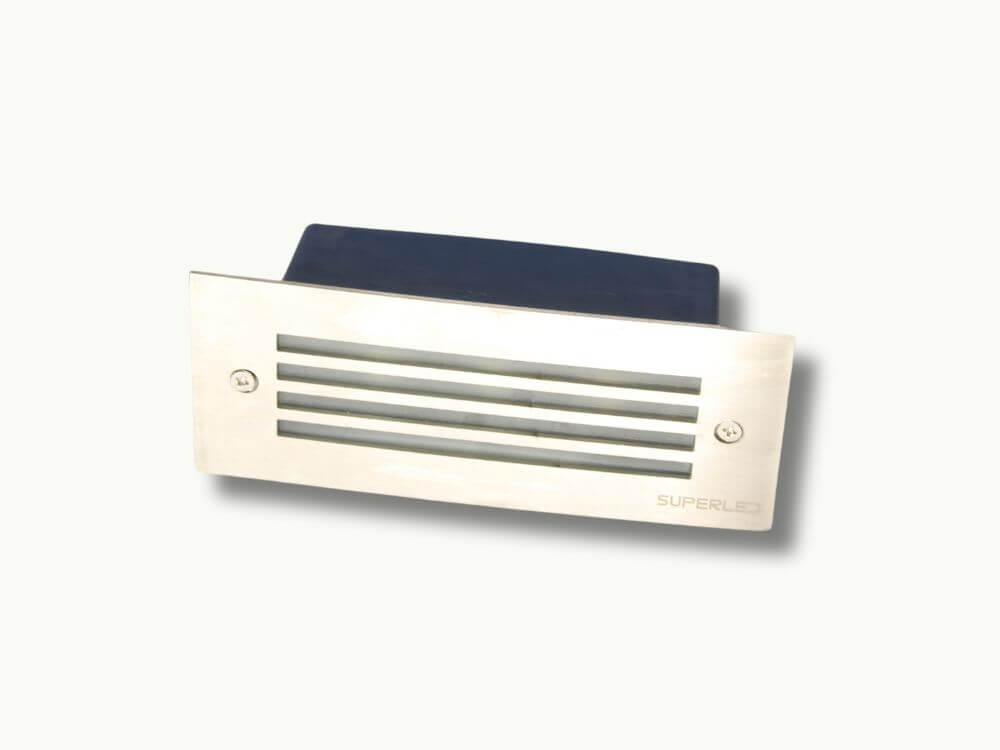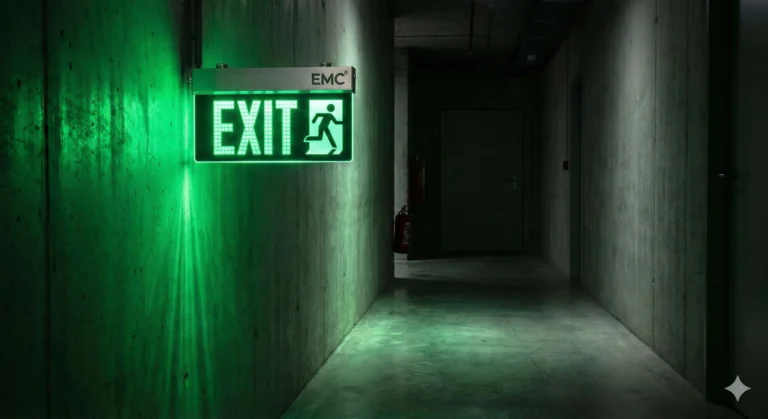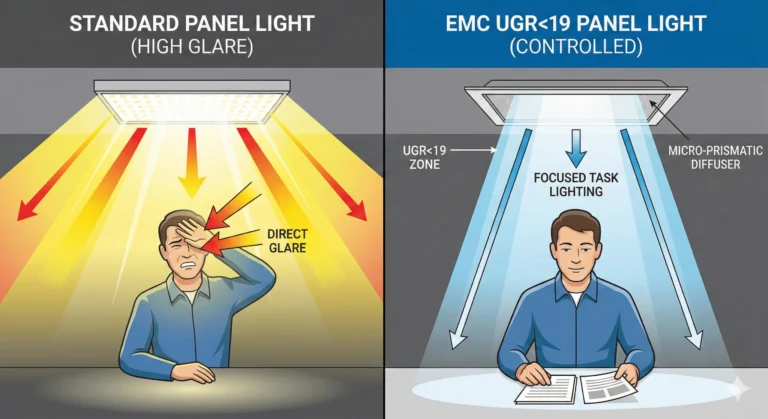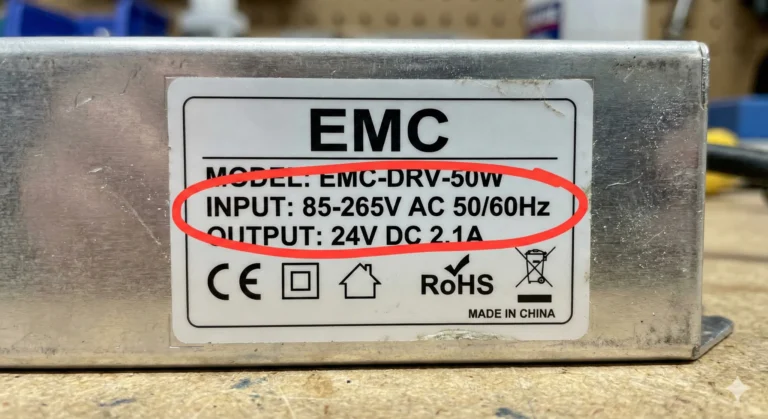لقد تلقينا منتجات جديدة - زوروا كتالوجنا!

LED Lights Lebanon A Practical Guide to Lighting Your Home and Business
If you’ve been wondering why everyone in Beirut and beyond is switching to LED lights Lebanon, you’re not alone. With power cuts, inverter schedules and the constant juggle between generator and government supply, most Lebanese households are looking for smarter, more efficient lighting. In this guide I’ll explain everything my cousin asked me last week: where to use LED lights, how to pick between magnetic track lights and LED strips, what to watch out for, and where to buy trusted products here in Lebanon. I’m keeping it simple, because that’s how we talk over coffee.
Why LED Lighting Matters in Lebanon
Living in Lebanon means dealing with unpredictable power supplies. Our lights run off generators, inverters or UPS systems when the grid fails. Traditional incandescent bulbs burn through precious watts and don’t play well with your inverter. Modern LEDs use up to 80 percent less energy [superled.me] and last much longer. That makes a real difference when you’re paying per amp on the generator. Magnetic LED track lights even come with smart features like dimming and smartphone control [superled.me], so you can reduce brightness to save battery when your inverter kicks in.
Another issue in Lebanon is voltage fluctuations. The electricity supply can jump from 180 V to 250 V without warning. The team at SuperLED notes that you should choose LED lights designed to handle voltage changes and even work through outages [superled.me]. By using lights with built‑in drivers and stable voltage ranges, you protect your inverter and avoid flickering.
Space is also a factor. Many of us live in small apartments where every meter counts. Low‑profile LED strips give even light under cabinets and along ceilings without bulky fixtures. Magnetic LED systems attach to a slim metal track, so you can reconfigure lights without drilling holes [superled.me]. And, with high electricity prices, efficiency becomes a priority LEDs cost more up front but pay back quickly by reducing your generator fuel bill.
Where to Use LED Lights
At Home
- Living rooms & bedrooms: Use adjustable LED bulbs or magnetic track lights to create mood scenes. Warm colours (around 2700–3000 K) give a cosy vibe [nordicnest.com], while cooler colours (4000 K) suit home offices [nordicnest.com].
- Kitchens: Install LED strips under cabinets for task lighting. Choose functional brightness between 400 and 806 lumens [nordicnest.com] so you can cook without straining your eyes.
- Hallways & staircases: Motion‑sensor magnetic LEDs add safety and save power [superled.me].
- Closets & wardrobes: Battery‑powered magnetic lights eliminate wiring hassles [superled.me] no more hunting for shoes in the dark.
- Bathrooms: Use IP44 or higher rated fixtures to protect against moisture. The first digit of an IP rating shows dust protection, the second digit water protection [clarionuk.com]. For bathrooms, at least IP44 (splash resistant) is ideal.
For Businesses
- Retail stores & showrooms: Magnetic track systems let you slide spotlights along the rail to highlight new products [superled.me].
- Offices: Neutral white lighting (around 4000 K) keeps people alert and productive [nordicnest.com] and saves energy when running on UPS power.
- Restaurants & cafés: Use dimmable LED bulbs or strips to set the mood; magnetic track lights can be angled to light tables without blinding guests.
- Hotels & galleries: Sleek LED fixtures enhance art and décor while saving on electricity [superled.me].
Outdoor Use
- Gardens & terraces: Waterproof LED strips with IP65 or higher rating withstand rain and dust [clarionuk.com], while warm white light creates a cosy ambience.
- Parking garages & warehouses: Magnetic LED floodlights improve visibility and security [superled.me].
- Events & exhibitions: Portable magnetic lights are easy to set up for temporary displays [superled.me].
- Facade lighting: Use LED projectors with adjustable colour and an IP65 rating [clarionuk.com].
How to Choose the Right LED Product
- Lumens and Brightness: Aim for 400–806 lumens for general lighting. Mood lighting can be 220–360 lumens.
- Colour Temperature: Warm lights (2200–3000 K) create a relaxed feel, neutral white (around 4000 K) suits working areas.
- Voltage and Compatibility: Ensure the driver matches your strip’s voltage and can handle fluctuations.
- IP Rating: IP20 is fine for dry rooms, IP44 or higher for bathrooms and kitchens, IP65 for outdoor use.
- Smart Features: App control, dimming and colour adjustment add convenience, but require Wi-Fi.
- Design and Flexibility: Spotlights, strips or recessed downlights? Magnetic tracks allow tool‑free repositioning.
Common Mistakes to Avoid
- Buying the cheapest LEDs; invest in quality to avoid flicker.
- Ignoring lumens and colour temperature.
- Mismatching voltage.
- Skipping IP ratings.
- Poor installation (not cleaning surfaces, no heat dissipation).
- Neglecting CRI (choose high CRI, especially for kitchens and shops).
- Not considering dimming compatibility.
Where to Buy in Lebanon
- SuperLED Lebanon (Recommended): A wide range of LED bulbs, magnetic track lights and LED strips. They understand local power challenges.
- Other Local Shops: Lighting stores in Beirut, Tripoli and Saida carry various products; always ask for specifications and warranties.
- Online Retailers: Convenient for those outside major cities; compare prices and check specs.
Final Word / Call to Action
LED lighting isn’t just a trend; it’s practical for Lebanon’s power situation. Remember to check lumens, colour temperature, IP ratings and avoid cheap options. For personalised help, visit SuperLED Lebanon.



